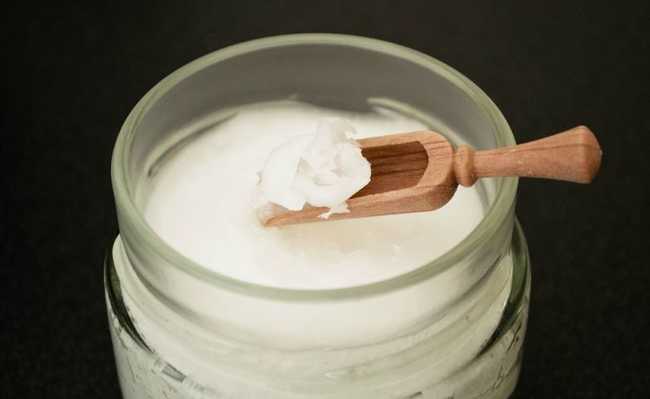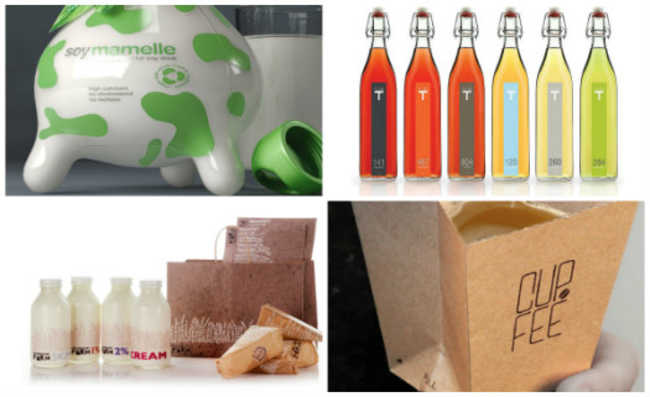HFC: substitute for CFC, gas also has impacts
The emission of hydrofluorocarbon (HFC) is one of the main reasons for the disproportionate increase in the Earth's temperature

Image: Vadim Fomenok on Unsplash
Hydrofluorocarbons (HFCs) are artificial fluorinated greenhouse gases that rapidly accumulate in the atmosphere. They began to be used as replacements for CFCs in air conditioners, refrigeration, flame retardants, aerosols and solvents. Although they represent a small fraction of today's greenhouse gases, the impact is particularly strong on atmospheric warming and, if left unchecked, these short-lived climate pollutants could account for nearly 20% of climate pollution by 2050.
The greenhouse effect is a process that makes the planet stay warm and, in this way, allows the existence of life and not just glaciers on Earth. But the great danger lies in the acceleration of this process, caused by human activity. Activities such as the deforestation of forests and the emission of greenhouse gases have been decisive in the imbalance in the energy balance of the Earth's atmospheric system, generating greater energy retention and global warming. HFC is part of the group of greenhouse gases released by human action that accelerate the increase in temperature, although it is used to mitigate the impact of CFC on the ozone layer.
When it comes to climate change, carbon dioxide is the biggest villain in history. But the emission of other gases, such as chlorofluorocarbon (CFC), is also responsible for this acceleration, as it contributes to the destruction of the ozone layer. As a result, on September 16, 1987, the Montreal Protocol was signed - where it was agreed to gradually ban the CFC and replace it with other gases that do not harm the ozone layer.
From this new scenario, the market had to adapt to the new reality and look for alternatives. It started to use chlorofluorocarbons (HCFCs), which, like CFC, are used for refrigeration (supermarket freezers, refrigerators, refrigerators, etc.) and are much less harmful to the ozone layer, but still cause damage. Later, HCFCs were replaced by hydrofluorocarbons, HFCs, which are free of chlorine and therefore do not harm the ozone layer.
However, what seemed to be a solution ended up, over time, showing limitations. HFC gases interact with other greenhouse gases, contributing to the global warming imbalance.
Hydrofluorocarbons (HFC)
The release of hydrofluorocarbons into the atmosphere during the second half of the 20th century was one of the reasons for the disproportionate increase in the Earth's temperature (as shown in the video at the end of the article). The individual and collective potential of HFCs to contribute to climate change on the Earth's surface can be seen by their radioactive efficiency, radioactive force and/or Global Warming Potential (GWP) – which is much greater than that of dioxide of carbon.
Researchers warn that the increased use of HFC gas could complicate the problem in relation to global warming, generating a variety of potentially serious impacts, such as melting glaciers, rising sea and ocean levels, damage to agriculture, desertification of natural areas , increase in natural disasters such as hurricanes, typhoons and cyclones, among other various obstacles.
The expectation is that, in the United States alone, the use of HFC will double by 2020 and triple by 2030. If there are no changes in the emission of this gas, it will be responsible for 20% of global greenhouse emissions by the middle of the century XXI. This would mean that the goal of limiting the Earth's temperature rise to 2°C above early-twentieth-century rates (as scientists recommend) would be impossible to achieve.
- Earth could enter a permanent "greenhouse state", scientists warn
HFC gases can also influence the temperature of the stratosphere, atmosphere and troposphere, and are responsible for an increase in the temperature of the tropical tropopause (intermediate layer between the stratosphere and the troposphere) of 0.4 Kelvin (K).
If, on the one hand, the hole in the ozone layer has been decreasing since the Montreal Protocol, the planet's temperature has risen uncontrollably in recent decades due to (among other factors) the emission of so-called halogenated hydrocarbons (including CFC and HFC ).
So, to eradicate this problem, an agreement was reached with almost 200 countries in October 2016, in Kigali, capital of Rwanda, aimed at the phasing out of hydrofluorocarbons (HFCs).
The adopted calendar foresees that a first group of countries, the so-called developed ones, will reduce their production and consumption of HFCs by 10% before the end of 2019 compared to 2011-2013 levels, and 85% before 2036.
A second group of developing countries, including China - the world's largest producer of HFC -, South Africa and Brazil have pledged to begin their transition in 2024. They are expected to achieve a 10% reduction from levels from 2020-2022 to 2029 and from 80% to 2045.
A third group of developing countries, including India, Pakistan, Iran and Iraq will have a reduction of 10% compared to the period 2024-2026 in 2032 and 85% in 2047.
As hydrofluorocarbons form part of the so-called short-lived climate pollutants and remain in the atmosphere for between five and ten years, experts believe that their eradication will have immediate effects on reducing global warming. According to the United Nations Environment Program (UNEP), the agreement reached in Kigali will prevent a global increase in temperature by the end of the 21st century of up to 0.5°C.
Alternatives
It is clear then that HFC gas and other gases that contribute to global warming are a matter of concern, and human needs must be balanced with environmental safety.
According to Paula Tejón Carbajal, from the NGO Greenpeace, the Kigali agreement will only be successful if the international community chooses solutions for change that preserve the environment.
One of the results of this agreement was a confirmation by certain participating countries to fund a commitment to this transition. In addition, several European companies have replaced the use of HFCs with hydrocarbons with low greenhouse potential, in particular cyclopentane and isobutane.










